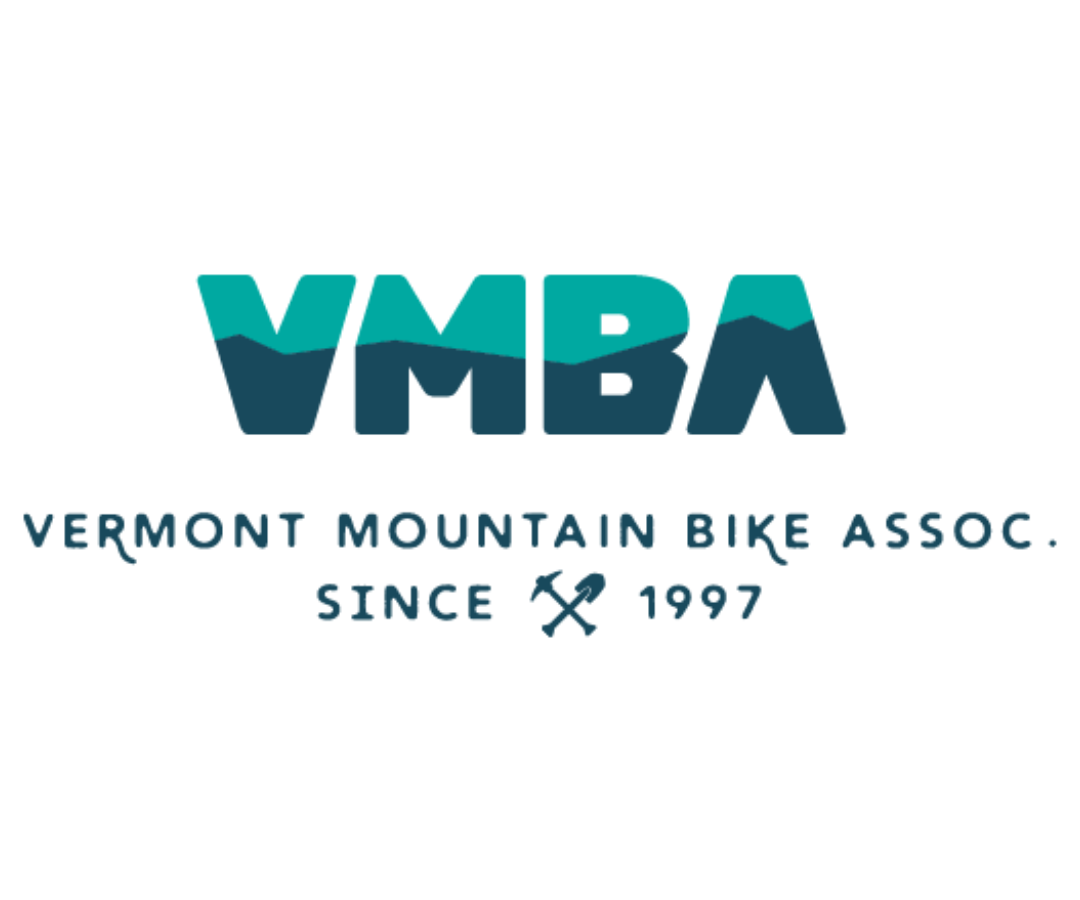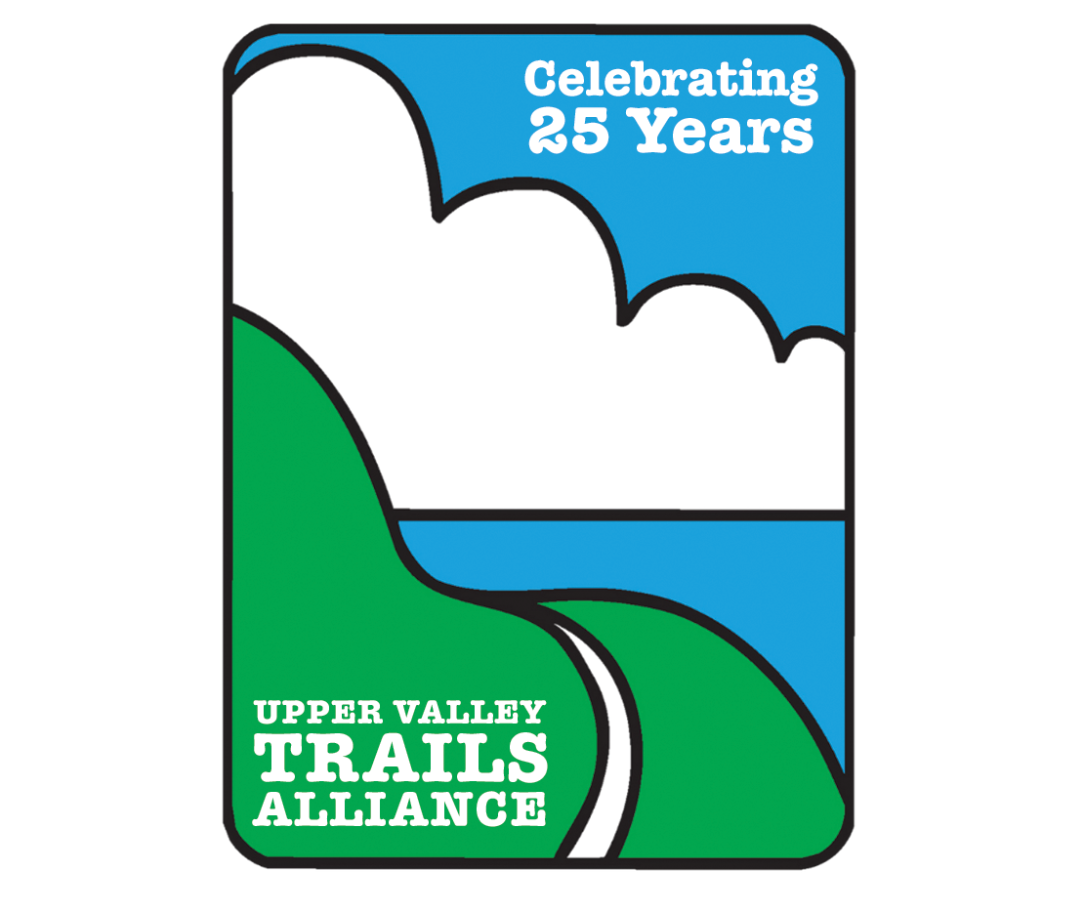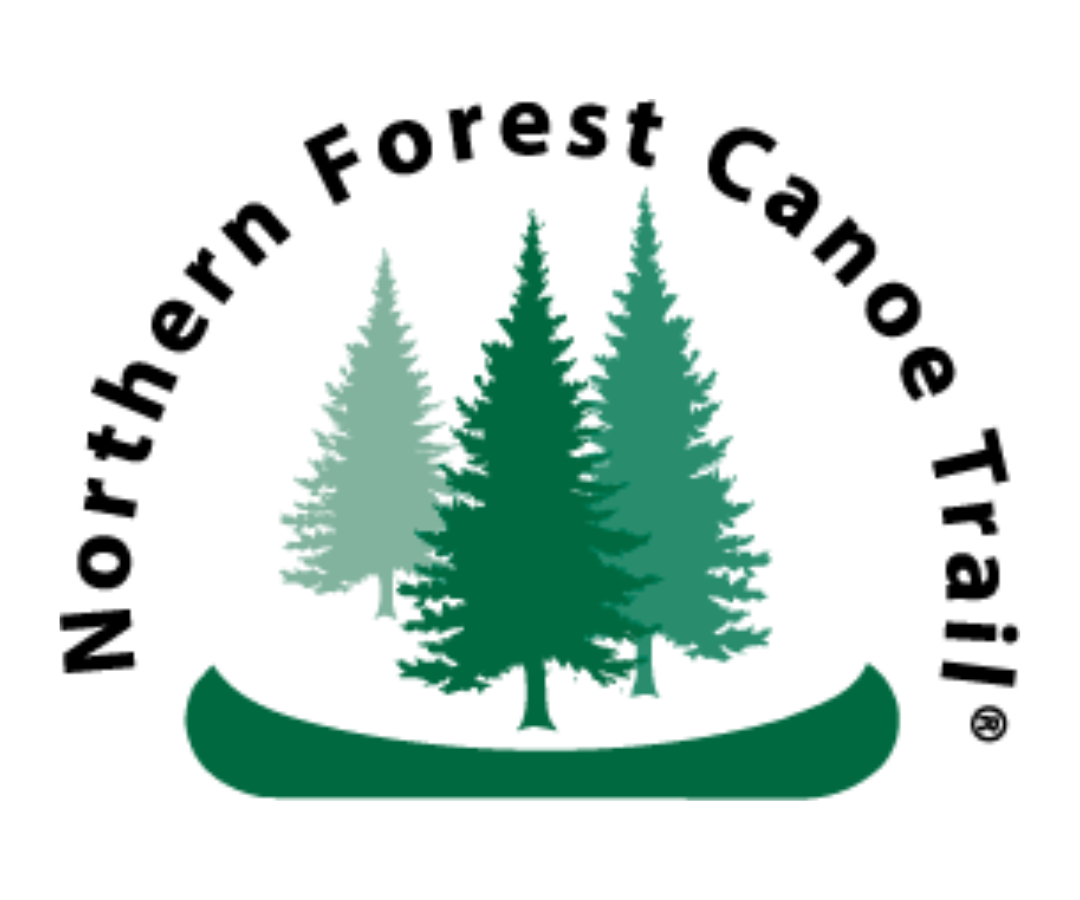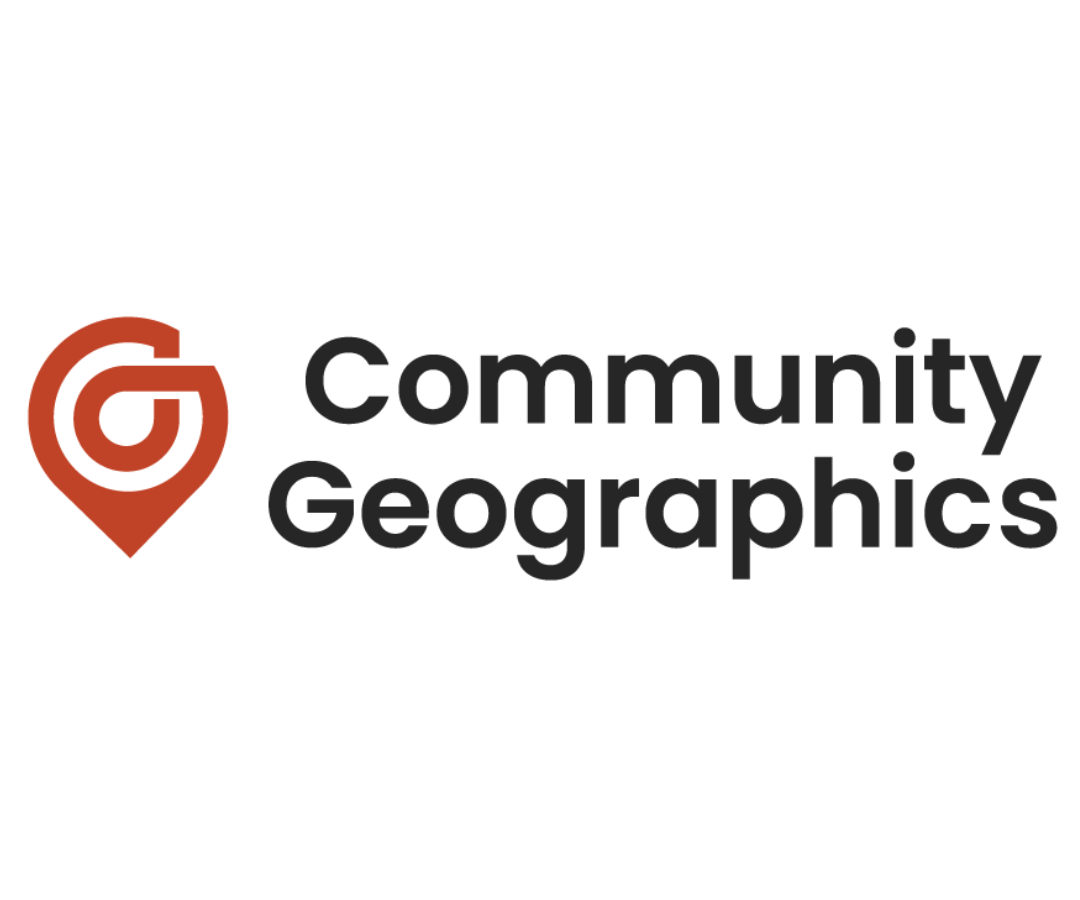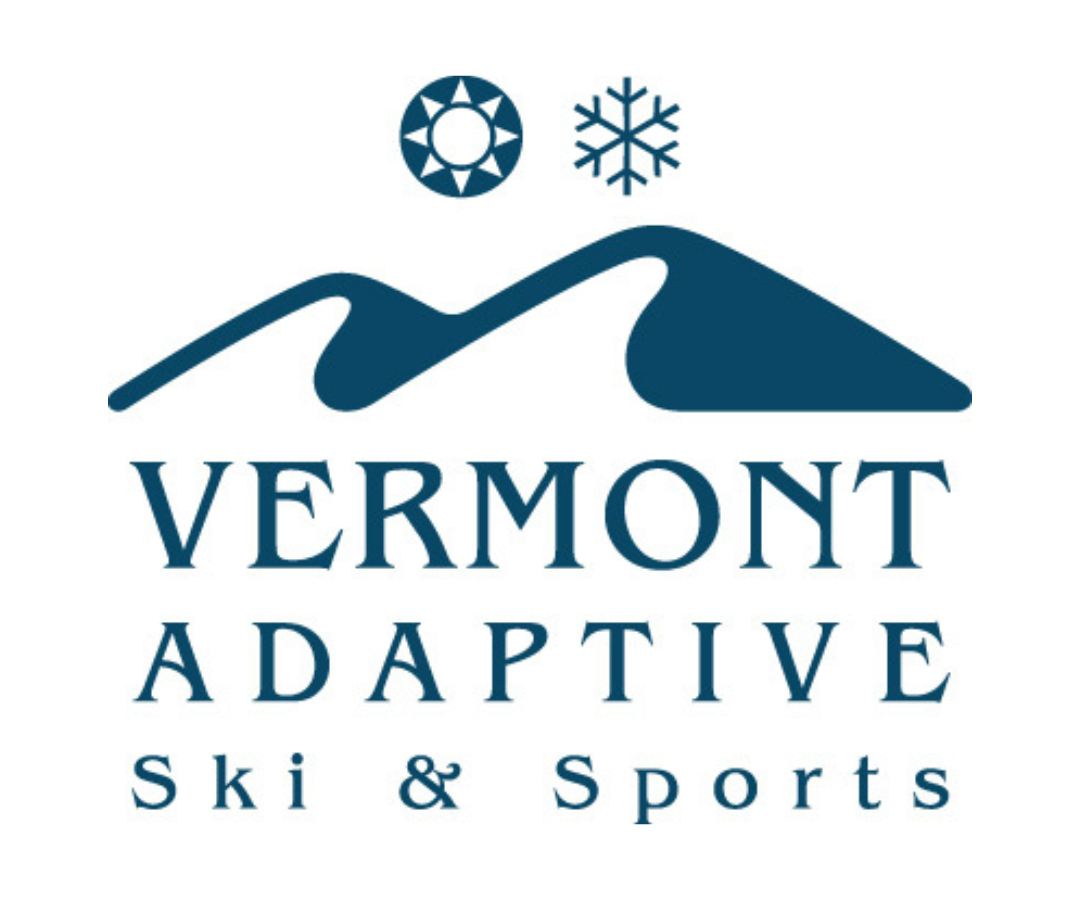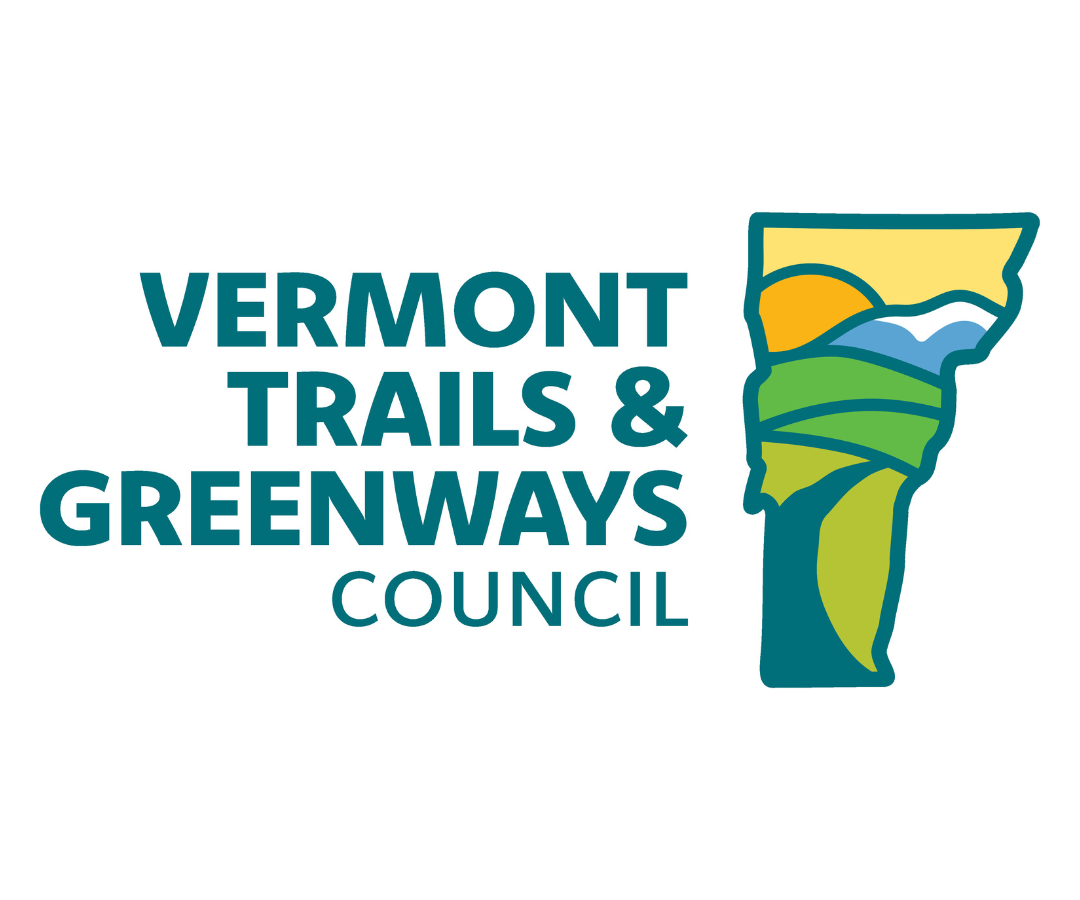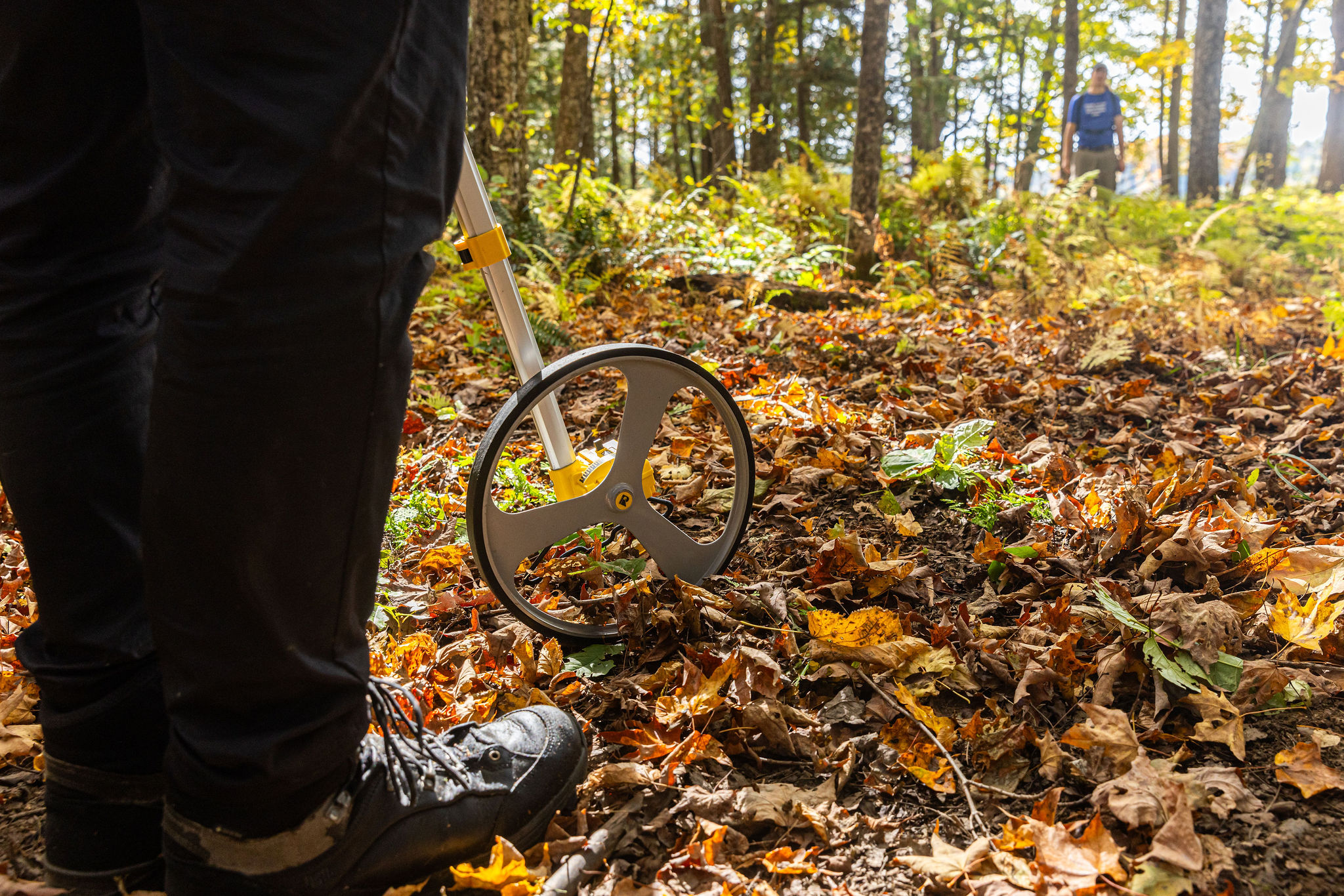
Trail Assessments
Practical, professional recommendations to improve and build trails for all mobilities.
What is an Assessment?
Assessments involve evaluating existing trails or proposed sites from the perspective of individuals with mobility challenges. Key aspects of the evaluation include:
Improvement Suggestions: Recommend changes like adjusting slopes, widening paths, or removing obstacles.
Parking: Determine if there is enough space for vans and wheelchair setups.
Signage and Information: Ensure kiosks and trail signs are at accessible heights and easy to read.
Accessible Facilities: Check for the presence and accessibility of toilets.
Trail Information: Verify if trail descriptions include details on grade, surface, width, and bridges.
Post-Rain Conditions: Assess trail conditions after rain and their impact on accessibility.
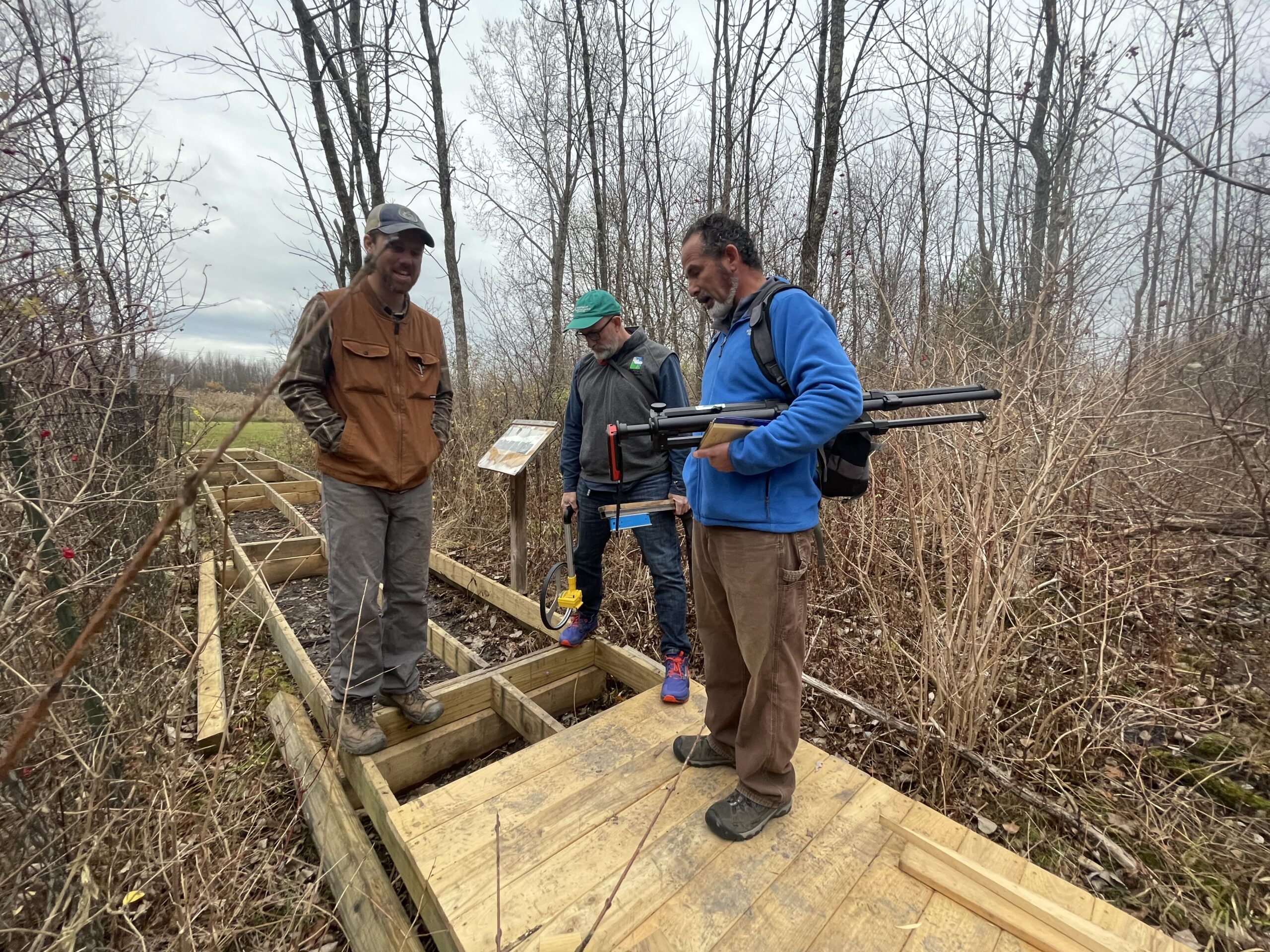
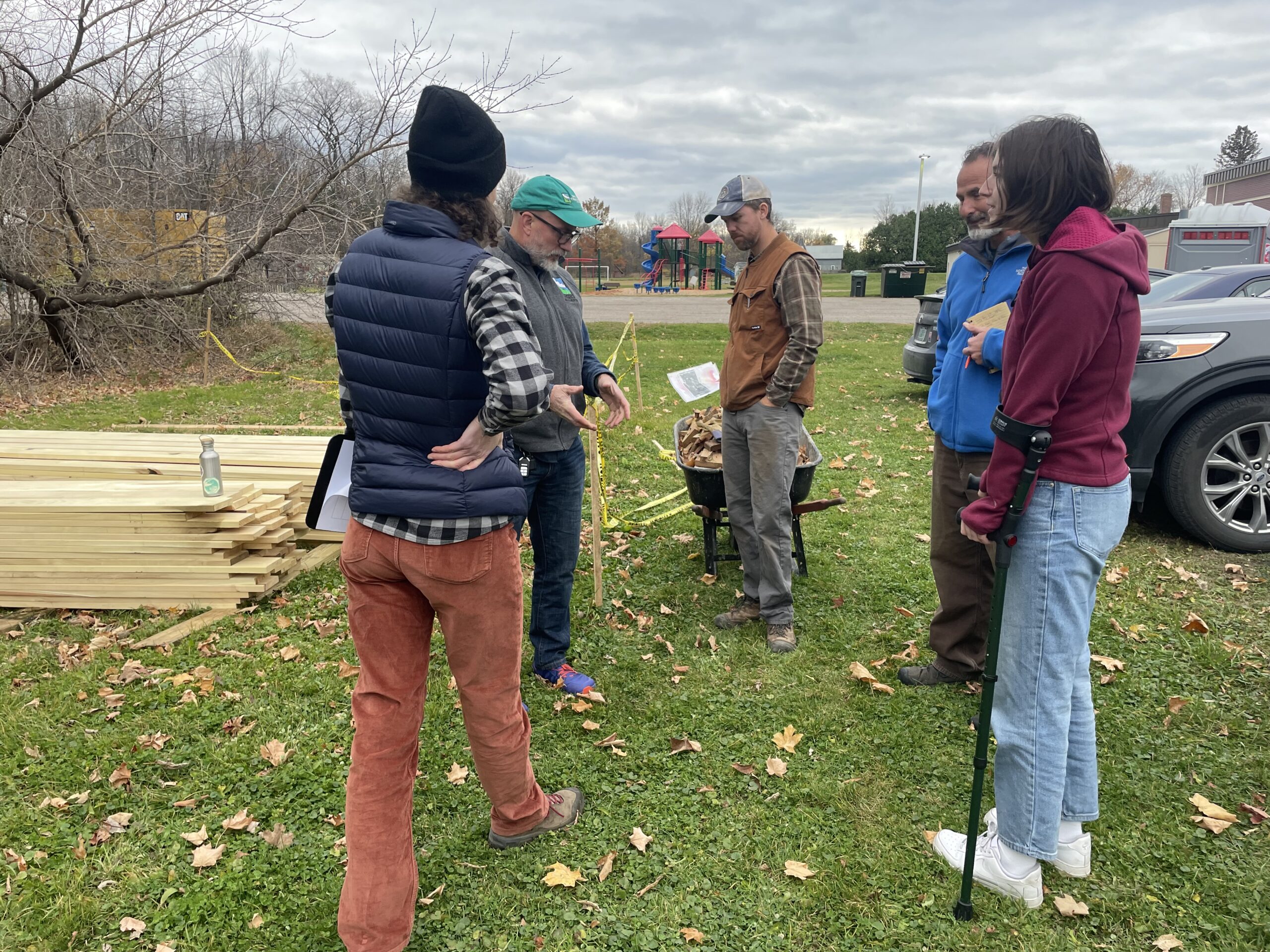
Assessment Process
An assessment is conducted on-site by a knowledgeable trail builder. If possible, a disabilities advocate or a person with mobility challenges is involved in providing valuable insights. This can be easier with adaptive mountain bike (aMtb) and aquatic trail assessments, as well as pedestrian trails that already have some accessibility features. The process includes:
Written Report: A comprehensive report detailing the findings and recommendations.
Cost: Due to the staff time involved in traveling to a site for a day and writing the report, an assessment is valued at $2,000. There is currently funding through the VHCB REDI program to pay for pedestrian, aMtb, and aquatic trail assessments. You can also reach out to Vermont Mountain Bike Association (VMBA), Northern Forest Canoe Trail (NFCT) and Upper Valley Trail Alliance (UVTA) to see if they have funding and staff available to conduct an assessment.

Specialized Skills and Training
Conducting accessibility assessments requires a specific skill set. Many professional trail builders are equipped to perform assessments. To elevate this expertise in Vermont, we partner with organizations to offer training and support on how to conduct assessments and build adaptive mountain bike, pedestrian, and aquatic trails. Contact us at info@vermonttgc.org for more information.
How are Assessments Used?
Assessments are a valuable tool for improving trail accessibility and planning. Here’s how they are utilized:
- Trail Managers: They use the assessment findings to guide their crews or volunteers in making necessary improvements.
- Professional Trail Builders: The assessment is provided to builders to help them prepare accurate build estimates.
- Grant Applications: The assessment is essential when applying for grants such as the Recreation Trails Program (RTP) and the VOREC Community Grant Program.
Once a trail manager has an assessment, they have a critical tool to build an accessible trail. Check out our Trail Talk page to see how trail managers and community members throughout Vermont are using assessments conducted by TAH partners to access funding, build partnerships, and build or improve existing trails.
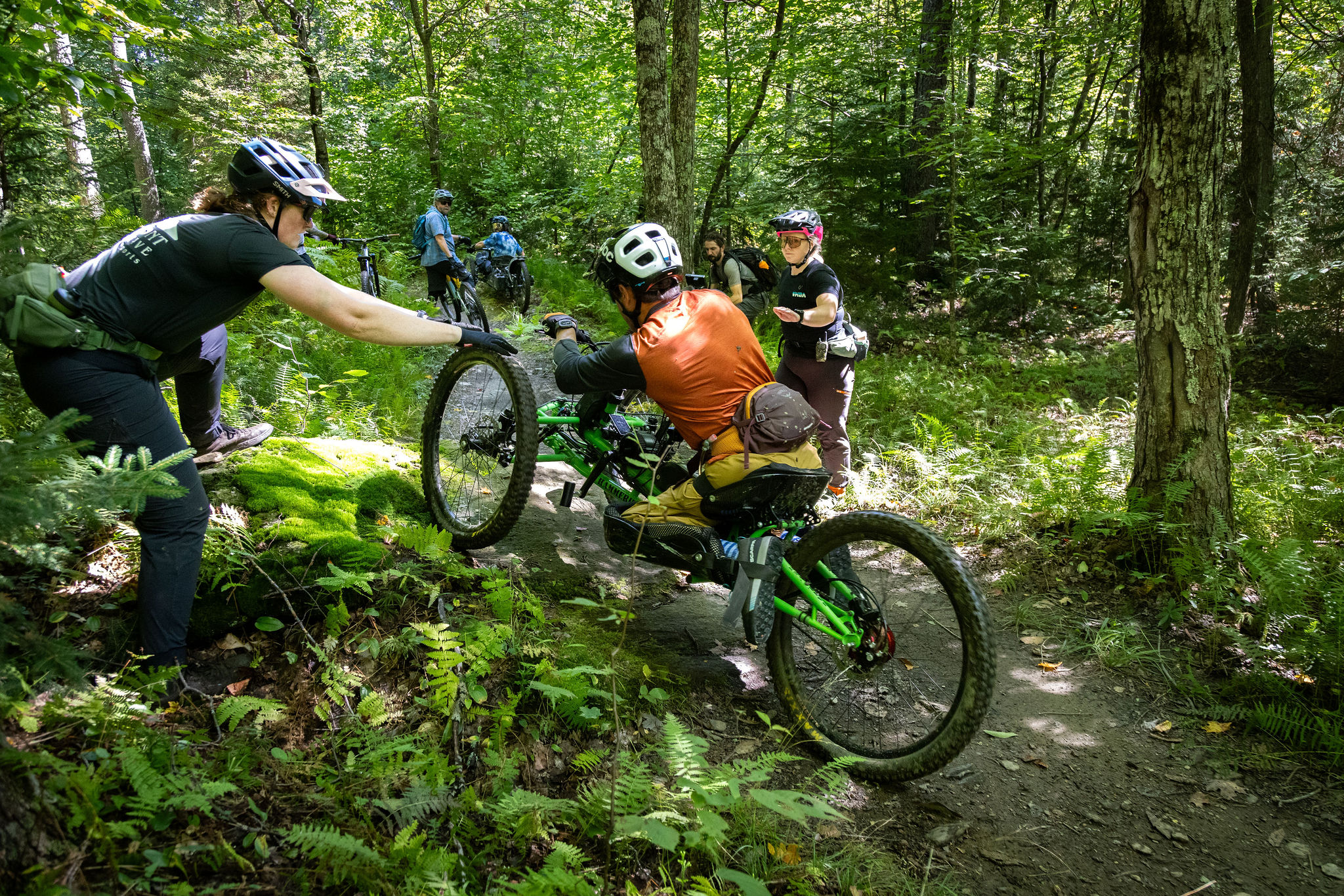
A Short Video About Why Trail Assessments Matter and How They Work
FAQs
A: The Trail Accessibility Hub is a partnership of trail organizations and disabilities advocates dedicated to improving accessibility on public trails and outdoor recreation areas in Vermont for people with disabilities. The Hub was created in 2024 by Vermont Trails & Greenways Council in partnership with the Upper Valley Trails Alliance, Vermont Mountain Bike Association, Vermont Adaptive Ski and Sports, Northern Forest Canoe Trail and Trail Finder. VTGS hosts web–based resources that educate trail managers and support trail users. Together, the partnership hosts networking opportunities that connect partners and trail users to accessible trail design and maintenance information, trail grants and funding sources; provide trail assessments and more. Initially funded by the Vermont Outdoor Recreation Economic Collaborative (VOREC) Community Grant Program, the TAH is now seeking funding to continue in ‘26 and beyond.
Accessibility Hub Partners
